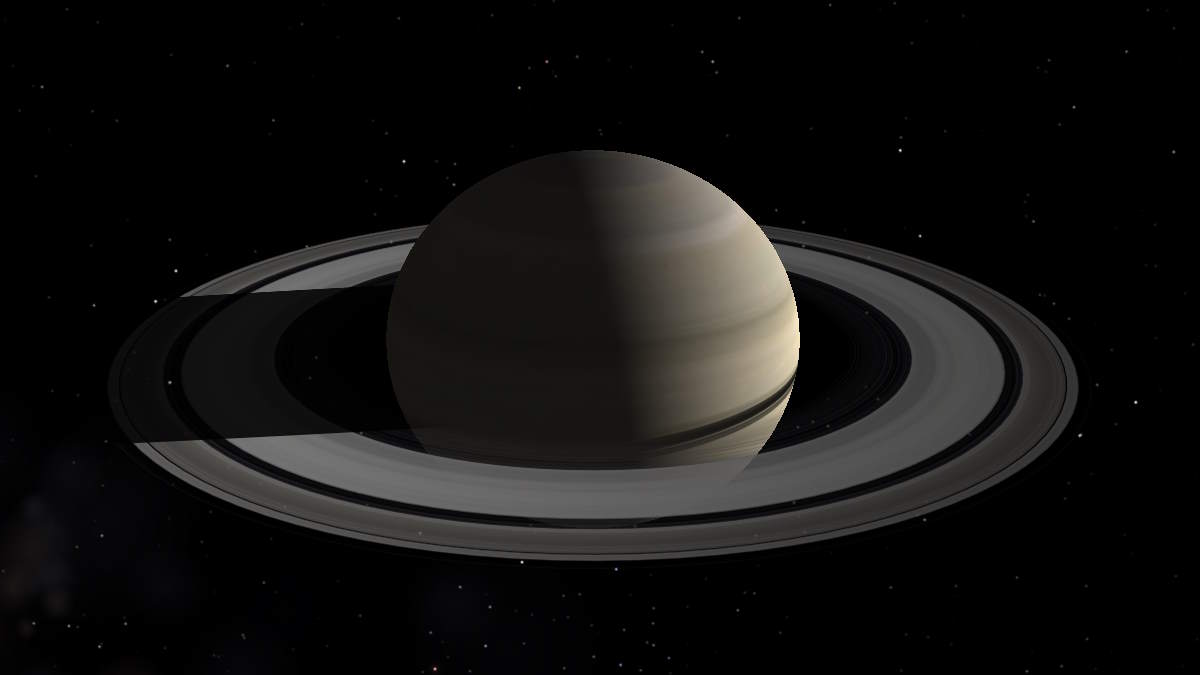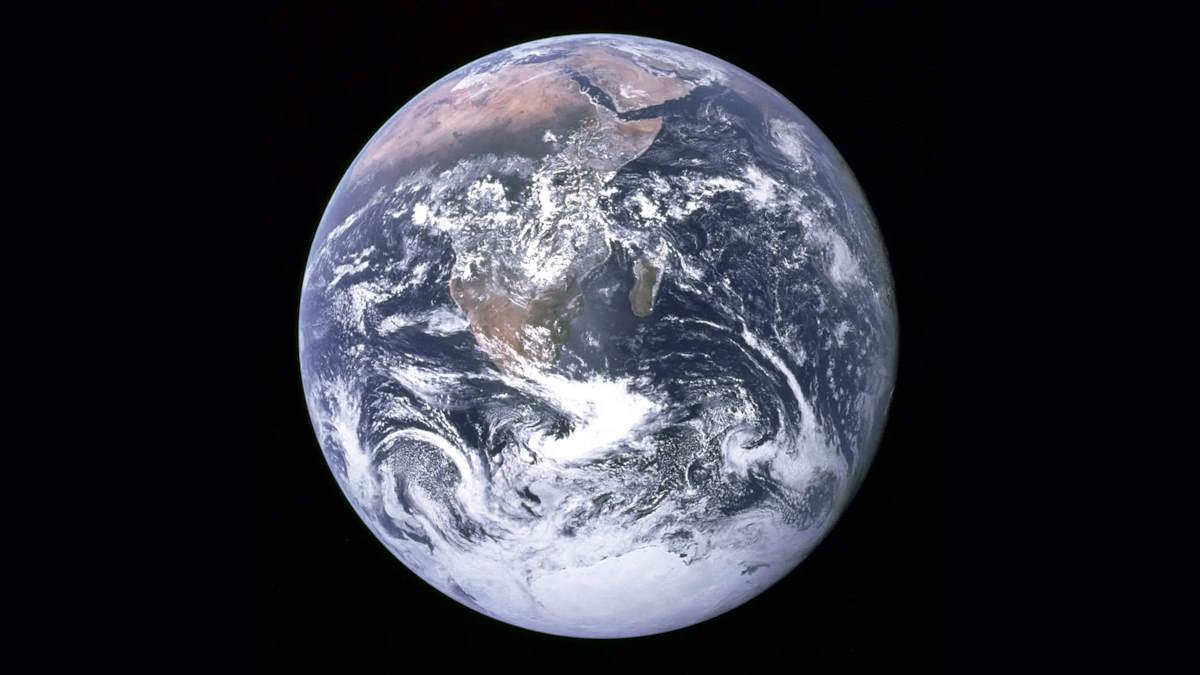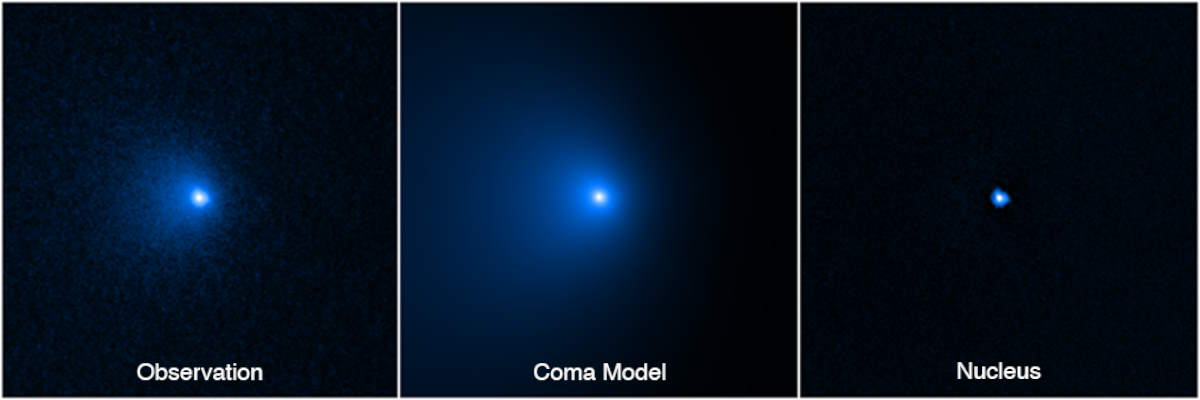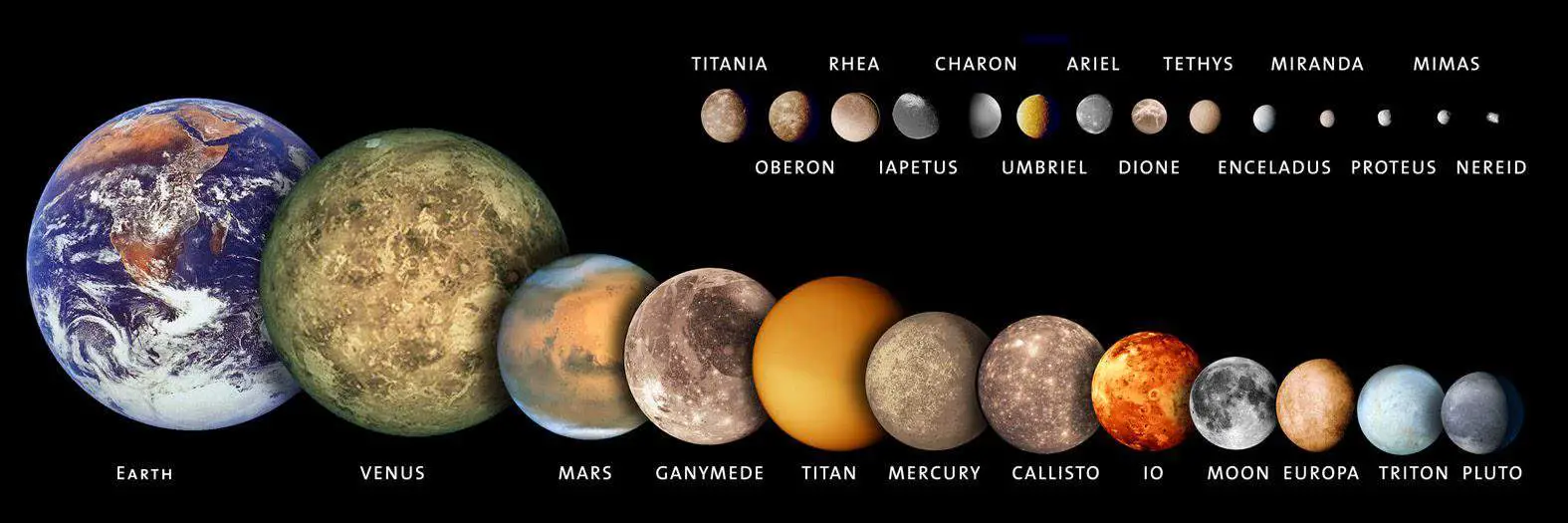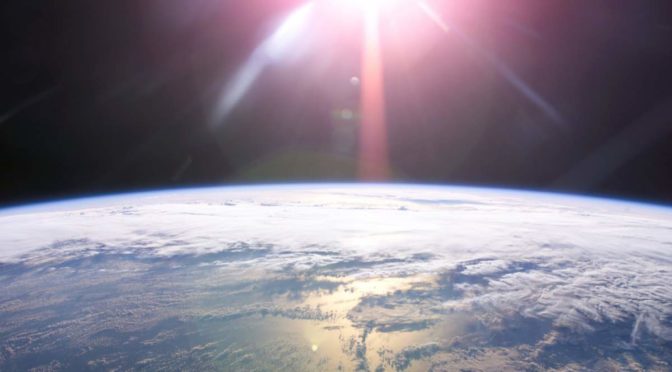Picture this: observing the solar system’s planets from a vantage point 384,400 kilometers (238,855 miles) away – the same distance that separates the Earth and the Moon. At this unique distance, the planets transform into a fascinating celestial display. Jupiter’s grandeur is more pronounced, its bands and moons visibly distinct. Saturn’s majestic rings, while subtler, …
Continue reading “Solar System’s Planets from the Moon’s Distance”
